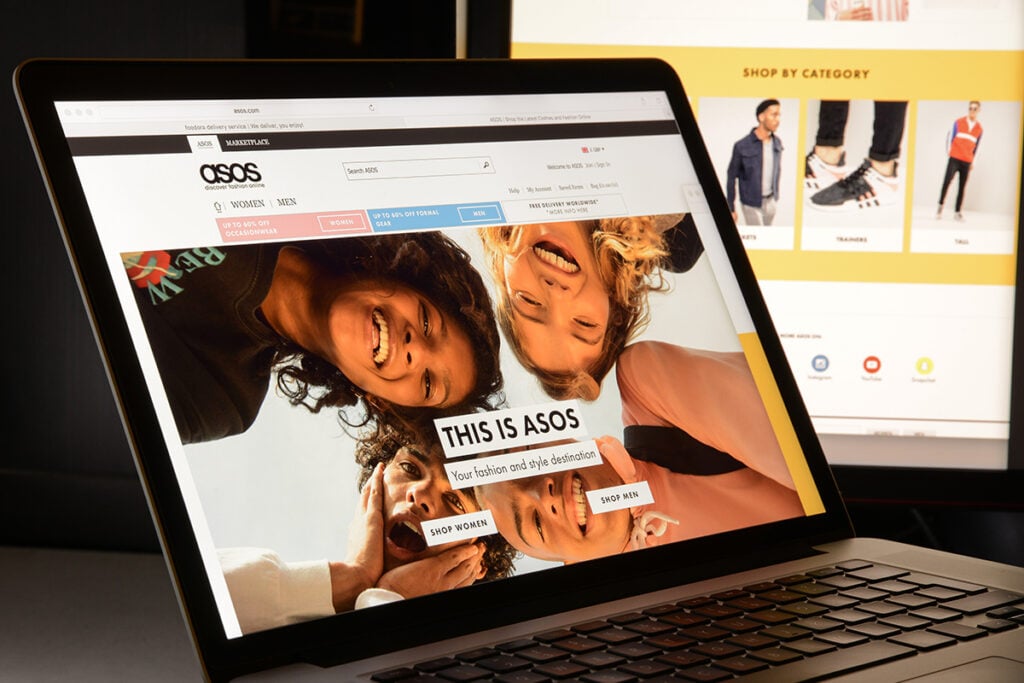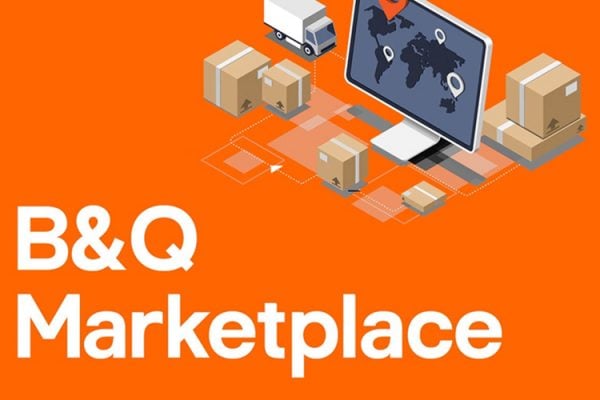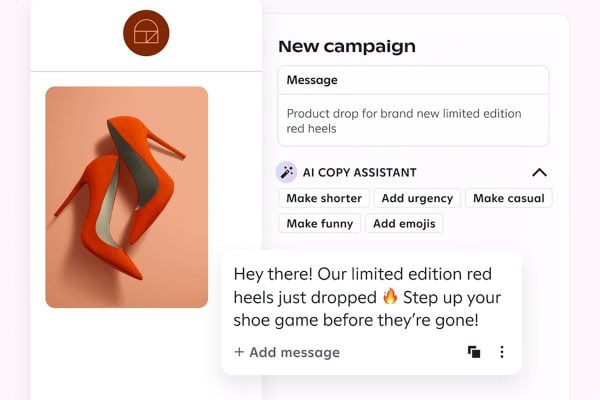Today we take a look at how Asos is turning its fortunes around by revamping its marketplace technology stack. This is an extract from our RetailX 2023 Global Fashion Sector Report which you can download here.
Founded in 2000 in Bristol in the UK, Asos pioneered online fashion retail, targeting young, web-savvy adults with affordable online fast fashion. As a result, when the pandemic struck, it was well placed to service the switch to online shopping – and its revenues show just how that worked. The company has tracked upwards at a rapid pace since 2019, growing by 22% in 2020 and a further 18% in 2021.
Now selling more than 850 brands, including its own-label items, Asos has morphed into a quasi-marketplace for fashion, selling and shipping to 196 countries globally.
However, it is starting to face growing competition. Where it made gains in lockdown, many other fashion retailers are starting to catch up, having had almost two years to reinvigorate their online services. This can be seen in its shrinking web traffic across the analysis period, falling 18% in 2022.
In response, Asos purchased the Topshop, Topman and Miss Selfridge brands from the collapsed Arcadia group in 2021, as well as buying the Topshop flagship store on London’s Oxford Street to create a physical retail presence. Sales of Topshop brands on the Asos platform grew by more than 200% year-on-year, with the fastest growth in the UK, Germany and the US.
However, increasing competition and business inefficiencies baked in by the company’s growth saw the company post a £31.9mn pre-tax loss in the year to 31 August 2022, despite sales of almost £4bn.
To address this, the company has turned to revamping its marketplace technology stack and has teamed up with end-of-line luxury fashion marketplace Secret Sales in a bid to right-size its portfolio. It has also rolled out AI to create better targeted offers to customers that will, says the company, “surprise and delight customers with relevant offers”.









